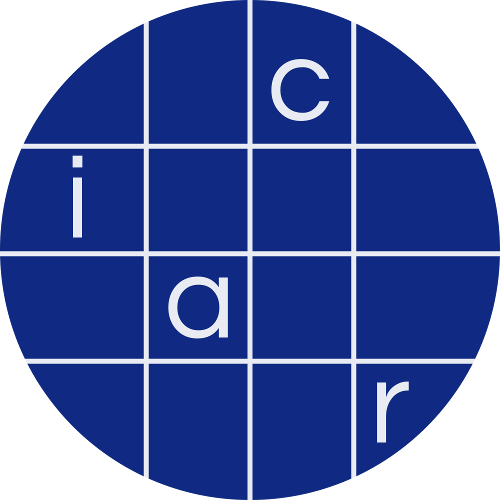IACR News item: 14 November 2025
Markku-Juhani O. Saarinen
We report on our experiences with the ongoing European standardisation efforts related to the EU Cyber Resilience Act (CRA) and provide interim (November 2025) estimates on the direction that European cryptography regulation may take, particularly concerning the algorithm ``allow list'' and PQC transition requirements in products.
We also outline some of the risks associated with the partially closed standardisation process, including active impact minimisation by vendors concerned with engineering costs, a lack of public review leading to lower technical quality, and an increased potential for backdoors.
The Cyber Resilience Act came into effect in December 2024, and its obligations will fully take effect for makers of ``products with digital elements'' from 2027. CRA compliance is a requirement for obtaining the CE mark and a prerequisite for selling products in the European Single Market, which comprises approximately 450 million consumers. The CRA has a wide-ranging set of security requirements, including security patching and the use of cryptography (data integrity, confidentiality for data at rest and data in transit). However, the Cyber Resilience Act itself is a legal text devoid of technical detail -- it does not specify the type of cryptography deemed appropriate to satisfy its requirements.
The technical implications of CRA are being detailed in approximately 40 new standards from the three European standardisation organisations, CEN, CENELEC, and ETSI. While the resulting ETSI standards can be expected to be available for free even in the drafting stage, the CEN and CENELEC standards will probably require a per-reader license fee. This, despite recent legal rulings asserting that product security and safety standards are part of EU law due to their legal effects.
Taking a recent (2024) example of cryptographic requirements in such standards, we observe that the definitions and language in the Radio Equipment Directive (RED DA) harmonised standard (EN 18031 series) may allow vendors to take an approach where weak cryptography is considered ``best practice'' right until exploitation is feasible.
Recognising recent developments such as the EU Post-Quantum Cryptography transition roadmap, many CRA standardisation working groups are moving towards a ``State-of-the-Art Cryptography'' (SOTA Cryptography) model where approved mechanism listings are published by the European Cybersecurity Certification Group (ECCG). CRA-compliant products may still support other cryptographic mechanisms, but only SOTA is permitted as a safe default for Internet-connected products.
We also outline some of the risks associated with the partially closed standardisation process, including active impact minimisation by vendors concerned with engineering costs, a lack of public review leading to lower technical quality, and an increased potential for backdoors.
The Cyber Resilience Act came into effect in December 2024, and its obligations will fully take effect for makers of ``products with digital elements'' from 2027. CRA compliance is a requirement for obtaining the CE mark and a prerequisite for selling products in the European Single Market, which comprises approximately 450 million consumers. The CRA has a wide-ranging set of security requirements, including security patching and the use of cryptography (data integrity, confidentiality for data at rest and data in transit). However, the Cyber Resilience Act itself is a legal text devoid of technical detail -- it does not specify the type of cryptography deemed appropriate to satisfy its requirements.
The technical implications of CRA are being detailed in approximately 40 new standards from the three European standardisation organisations, CEN, CENELEC, and ETSI. While the resulting ETSI standards can be expected to be available for free even in the drafting stage, the CEN and CENELEC standards will probably require a per-reader license fee. This, despite recent legal rulings asserting that product security and safety standards are part of EU law due to their legal effects.
Taking a recent (2024) example of cryptographic requirements in such standards, we observe that the definitions and language in the Radio Equipment Directive (RED DA) harmonised standard (EN 18031 series) may allow vendors to take an approach where weak cryptography is considered ``best practice'' right until exploitation is feasible.
Recognising recent developments such as the EU Post-Quantum Cryptography transition roadmap, many CRA standardisation working groups are moving towards a ``State-of-the-Art Cryptography'' (SOTA Cryptography) model where approved mechanism listings are published by the European Cybersecurity Certification Group (ECCG). CRA-compliant products may still support other cryptographic mechanisms, but only SOTA is permitted as a safe default for Internet-connected products.
Additional news items may be found on the IACR news page.
